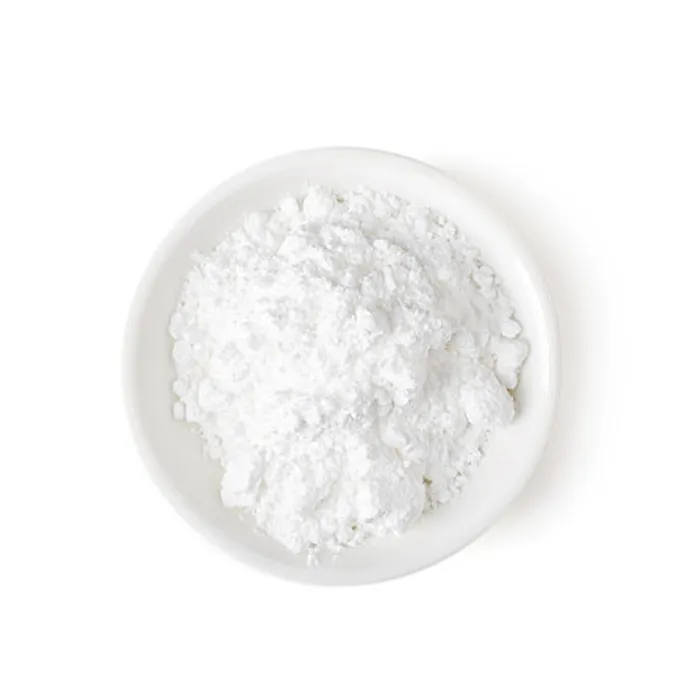Chemicals Used in Cooling Towers An Overview
Cooling towers play a crucial role in industrial and commercial operations by dissipating heat from various processes. To maintain their effectiveness and longevity, cooling towers often require a range of chemical treatments. These chemicals serve multiple purposes, including scaling control, corrosion prevention, biocide action, and pH balance. Understanding the various chemicals employed in cooling towers is essential for efficient operation and to ensure environmental compliance.
1. Scaling Control
One of the primary challenges in cooling towers is scaling, which occurs when minerals deposit on heat exchange surfaces. This buildup can reduce overall efficiency and increase energy costs. To combat scaling, various chemicals are used, with polyphosphates and phosphonates being the most common. These agents work by sequestering calcium and magnesium ions, preventing them from forming scale. Additionally, scale inhibitors such as citric acid or orthophosphates can be added to the water to enhance scaling control.
2. Corrosion Inhibition
Corrosion can lead to significant maintenance costs in cooling towers. The presence of oxygen and other aggressive substances can lead to oxidative corrosion of metal components. To minimize this risk, corrosion inhibitors are employed. Common choices include nitrites, molybdates, and azole-based compounds. These inhibitors create a protective film on the metal surfaces, which significantly slows the corrosion process. Proper selection and dosing of these inhibitors are critical for ensuring the longevity of the cooling system.
chemical used in cooling tower

The warm and moist environment of cooling towers provides an ideal habitat for microbial growth, including bacteria, algae, and fungi. Biofilms can form on the surfaces, leading to reduced heat transfer efficiency and potential health risks. To control microbial growth, biocides are introduced into the system. There are two main types of biocides oxidizing and non-oxidizing. Oxidizing biocides, such as chlorine and bromine, work by killing bacteria upon contact. Non-oxidizing biocides, which include compounds like isothiazolinone, work over time to prevent microbial regrowth.
4. pH Adjustment
Maintaining the proper pH level is critical for overall cooling tower operation. A pH that is too high or too low can exacerbate scaling and corrosion problems. Typically, the desirable pH range for cooling towers is between 6.5 and 8.5. To maintain this range, chemicals such as sulfuric acid or sodium hydroxide may be used for pH adjustment. Regular monitoring of pH levels is essential to ensure that the chemical treatment program is effective.
5. Water Quality and Environmental Considerations
With increasing environmental regulations, the choice of chemicals for cooling towers is under scrutiny. Operators must consider the potential impact of chemical runoff and ensure that their treatment programs comply with local laws. Alternatives such as biodegradable additives and non-toxic biocides are now available, offering effective solutions while minimizing environmental harm.
Conclusion
The use of chemicals in cooling towers is vital for their operational efficiency and longevity. By controlling scaling, preventing corrosion, managing microbial growth, and adjusting pH levels, these chemicals help ensure that cooling systems run smoothly and efficiently. However, it's important to stay informed about the environmental impacts of these chemicals and explore sustainable alternatives. As industries continue to evolve, the strategies for chemical management in cooling towers will adapt, prioritizing both performance and ecological responsibility.

